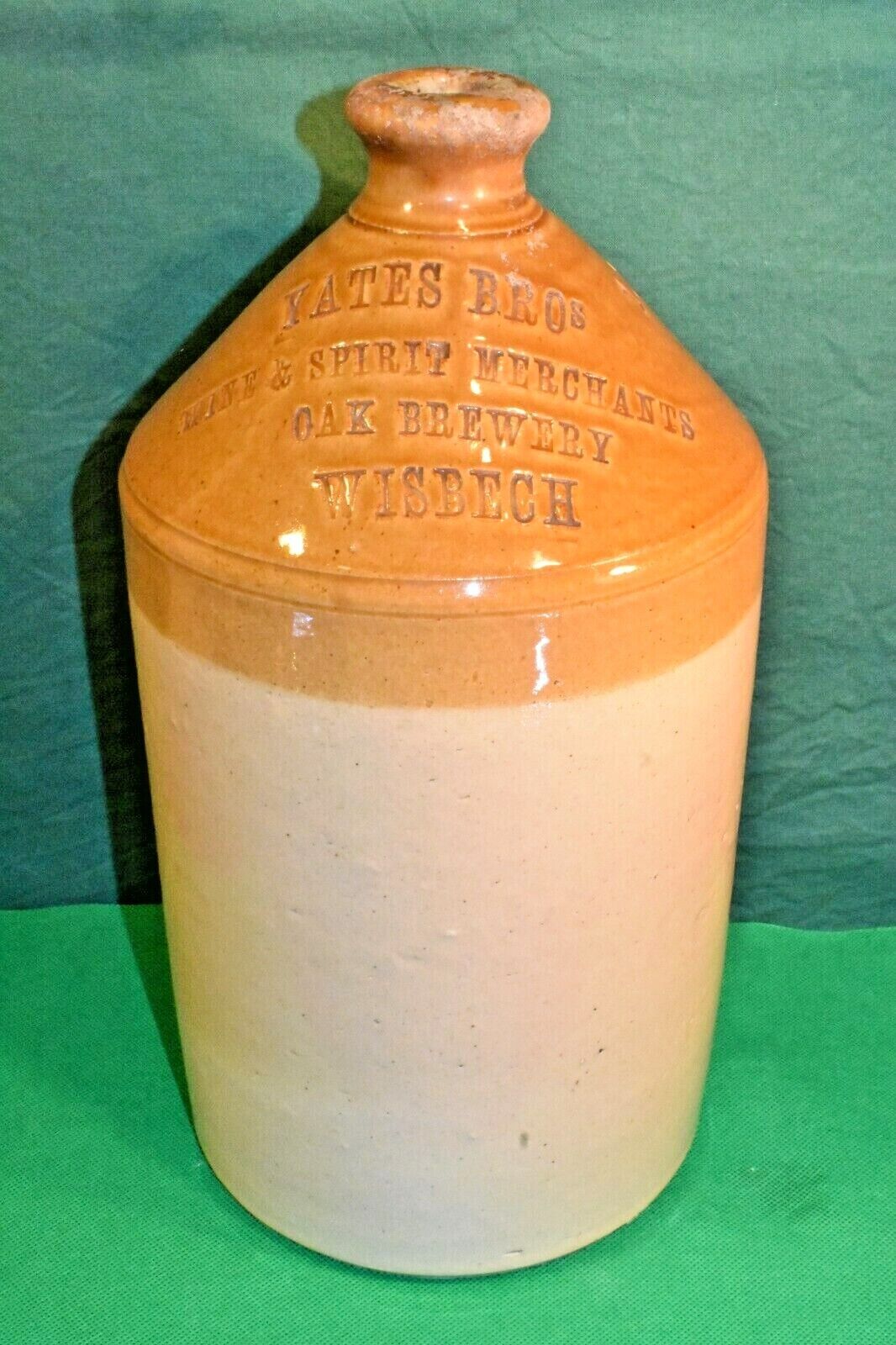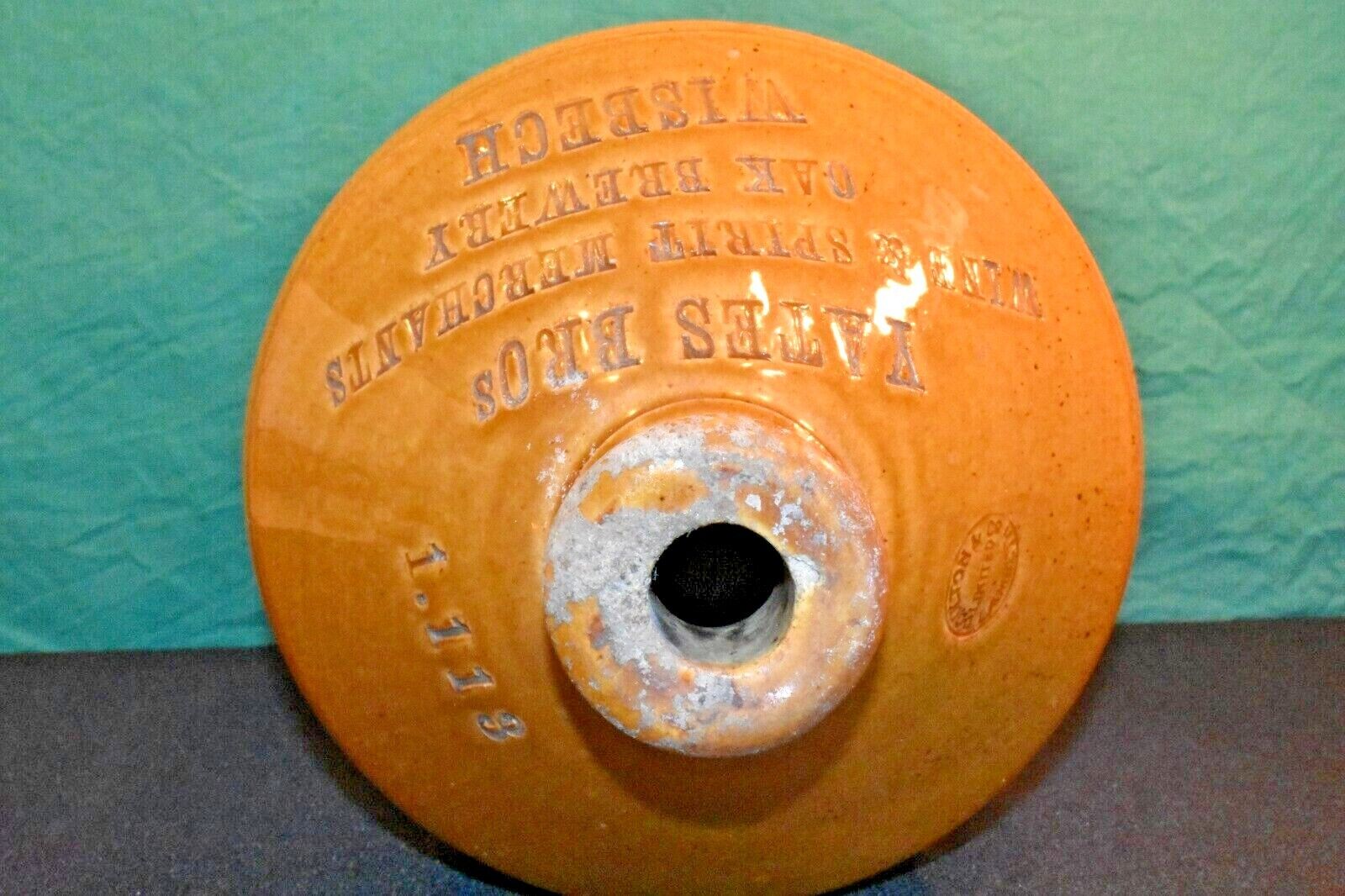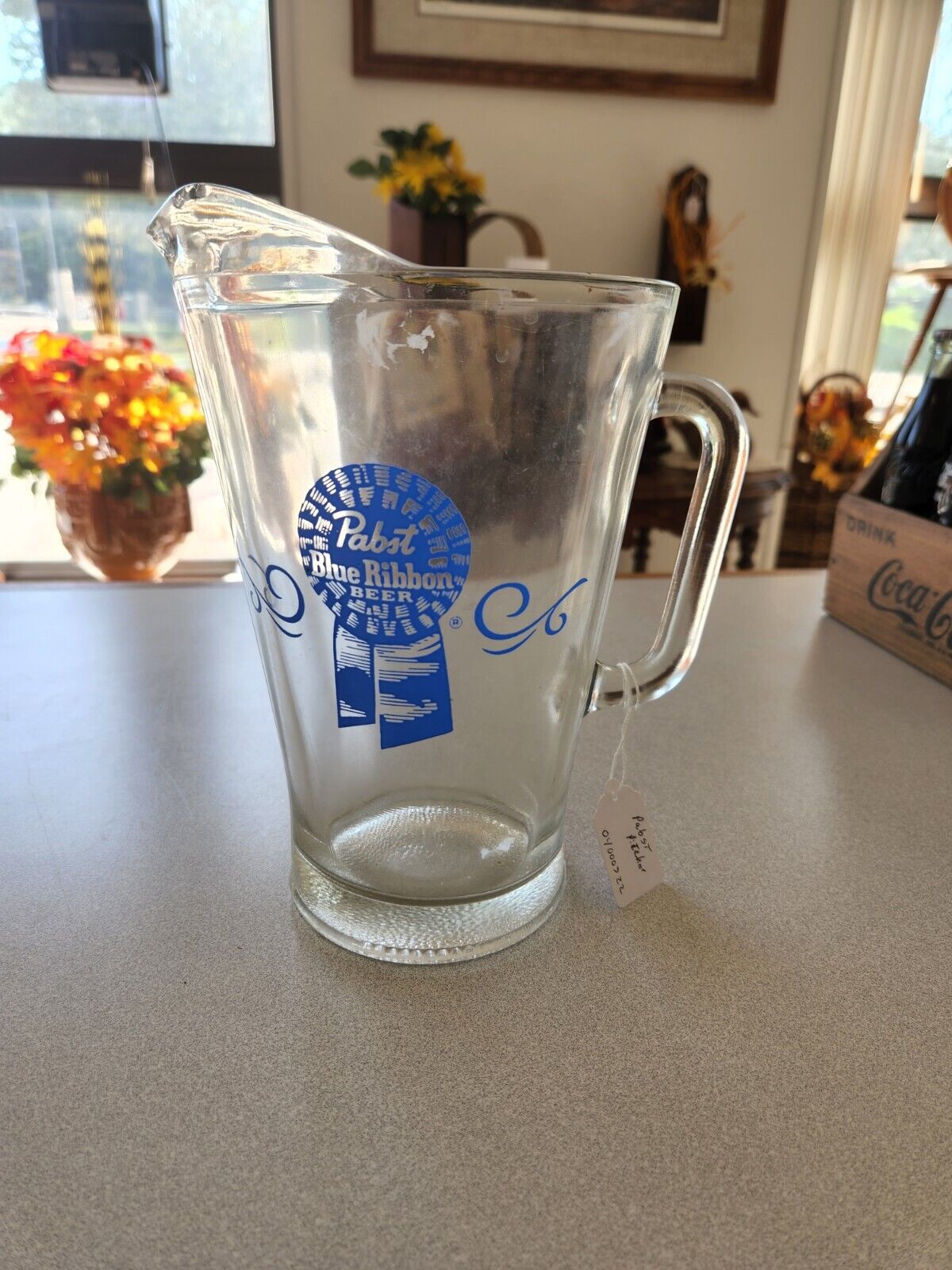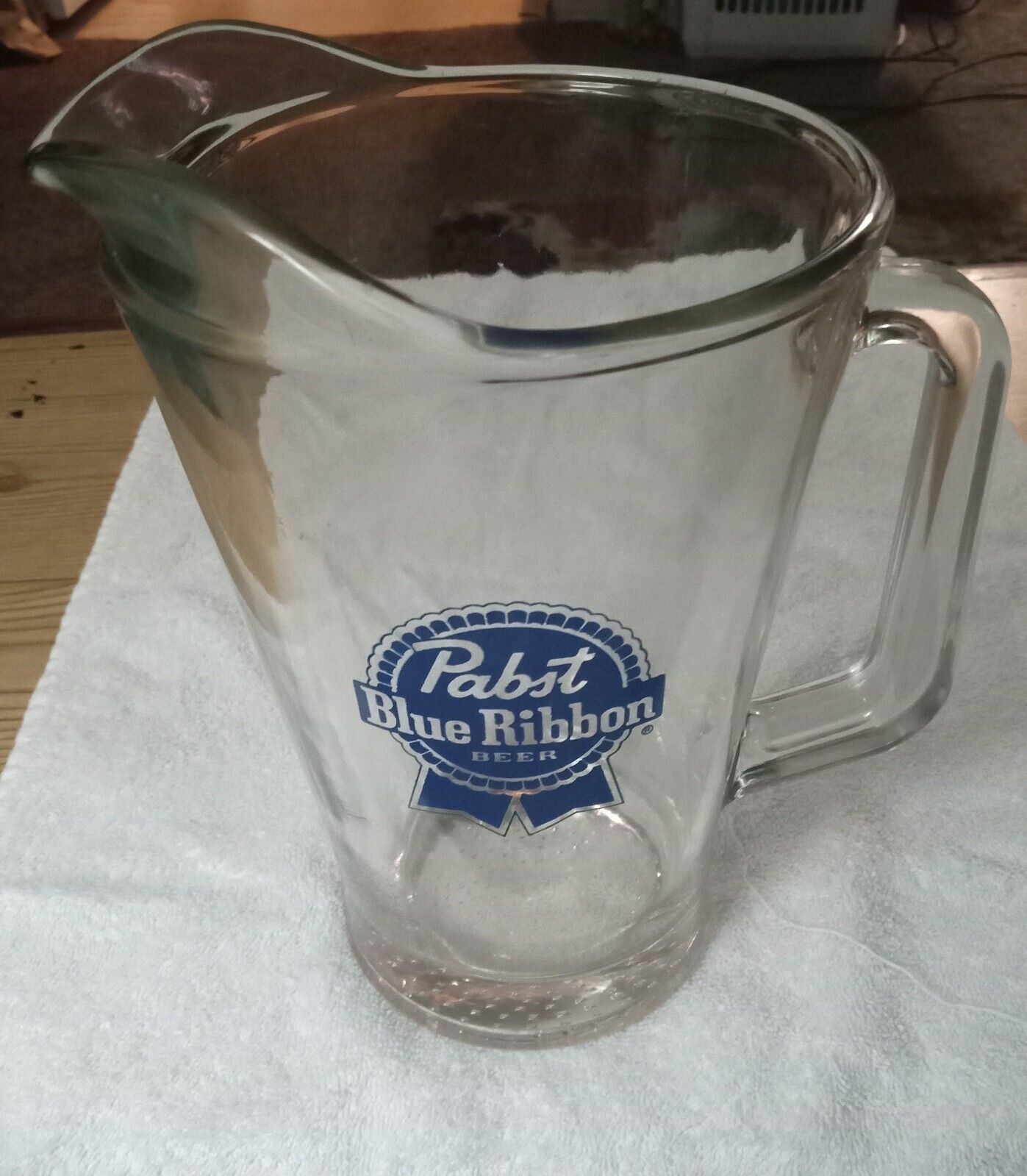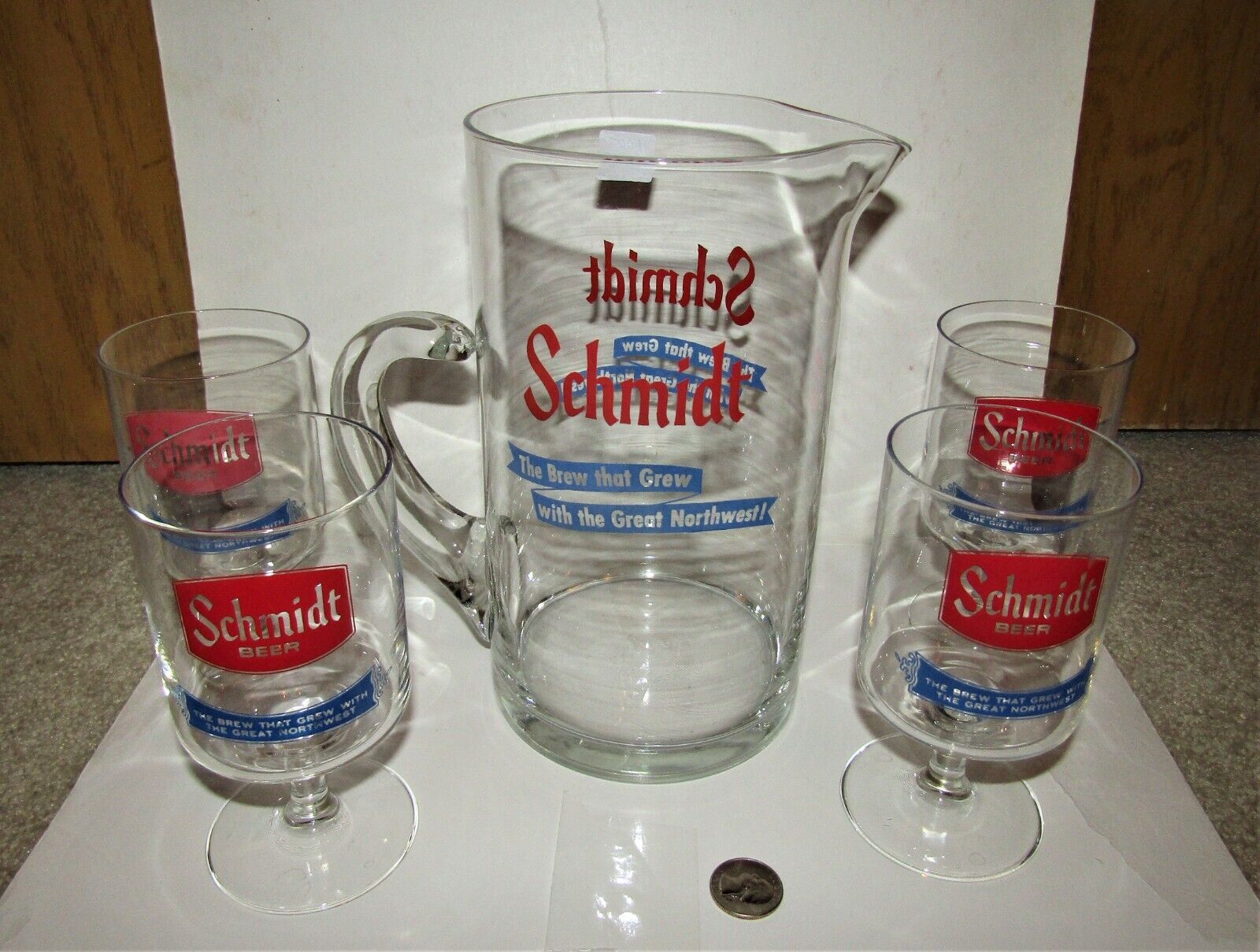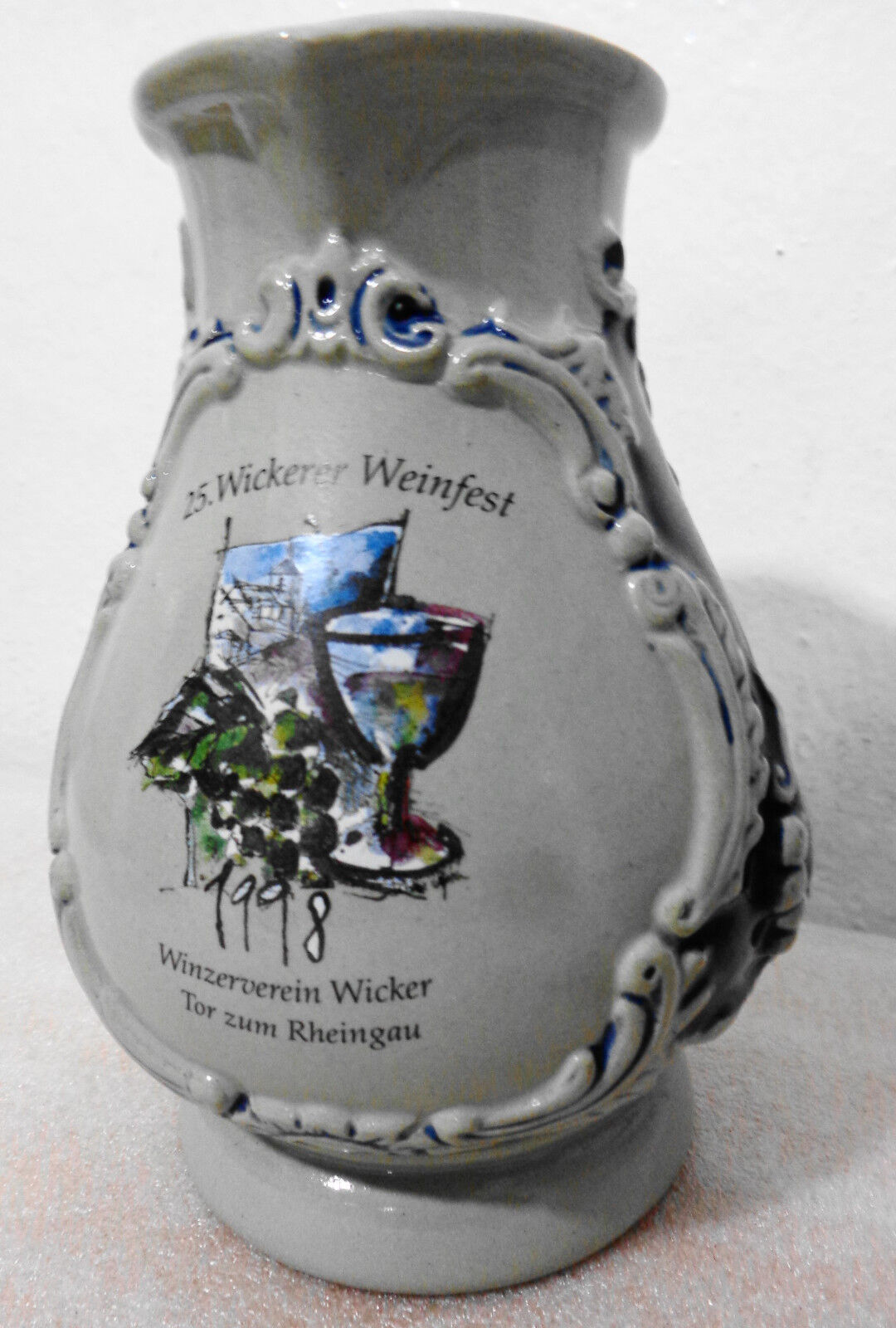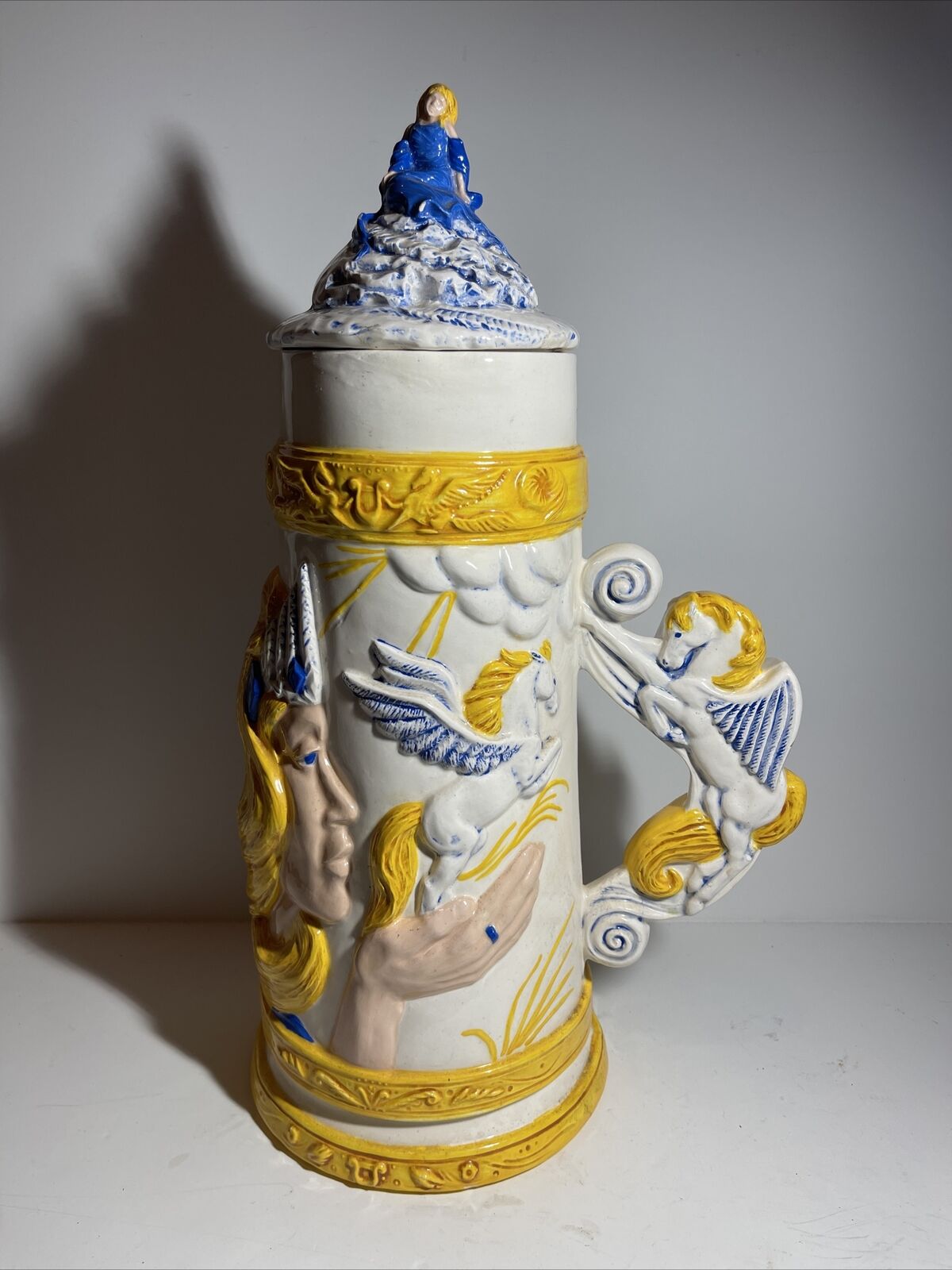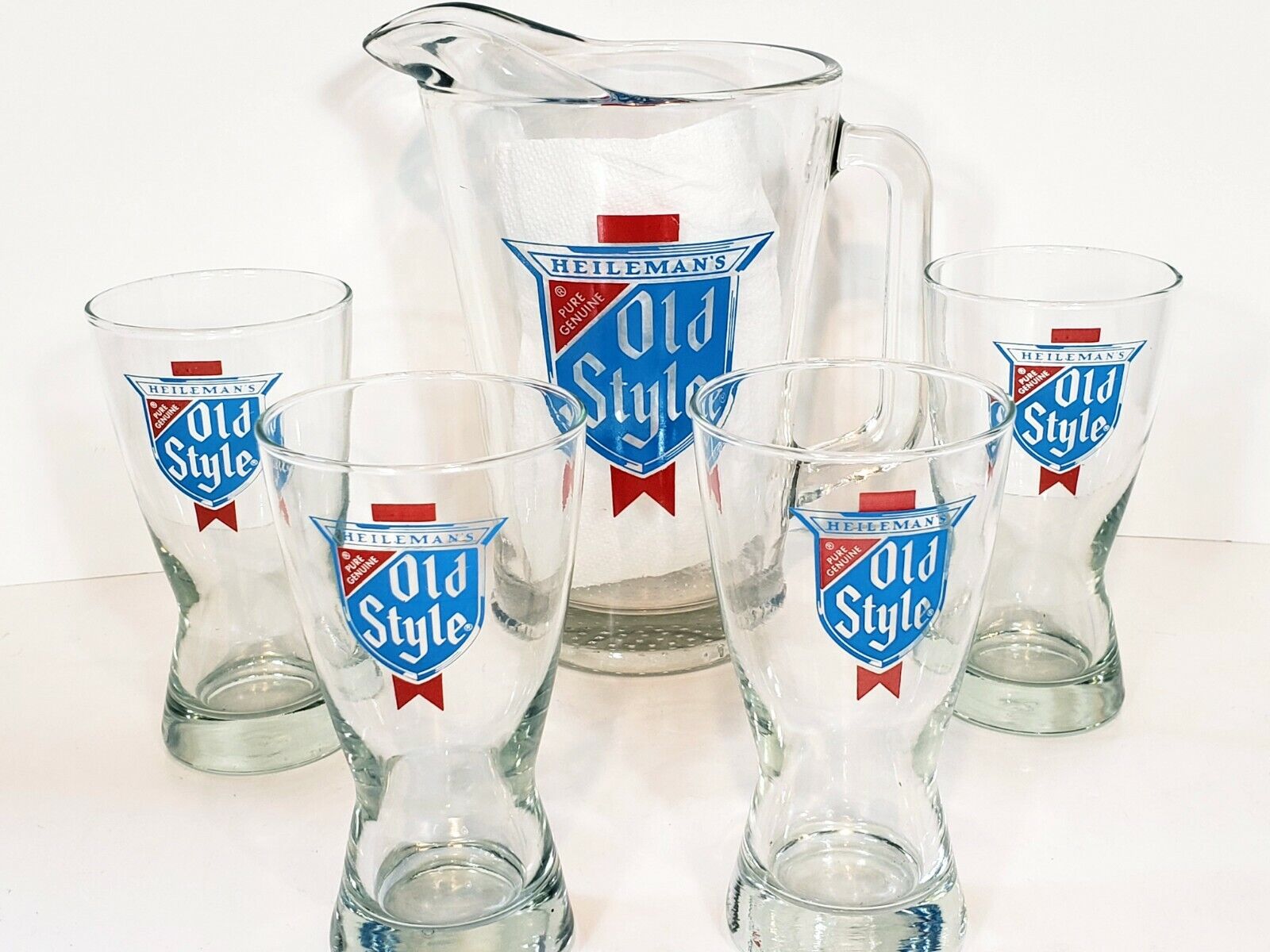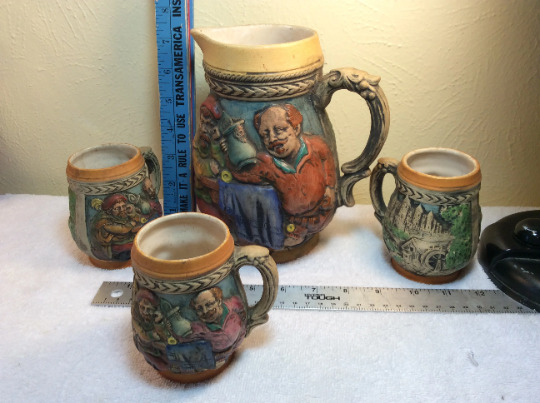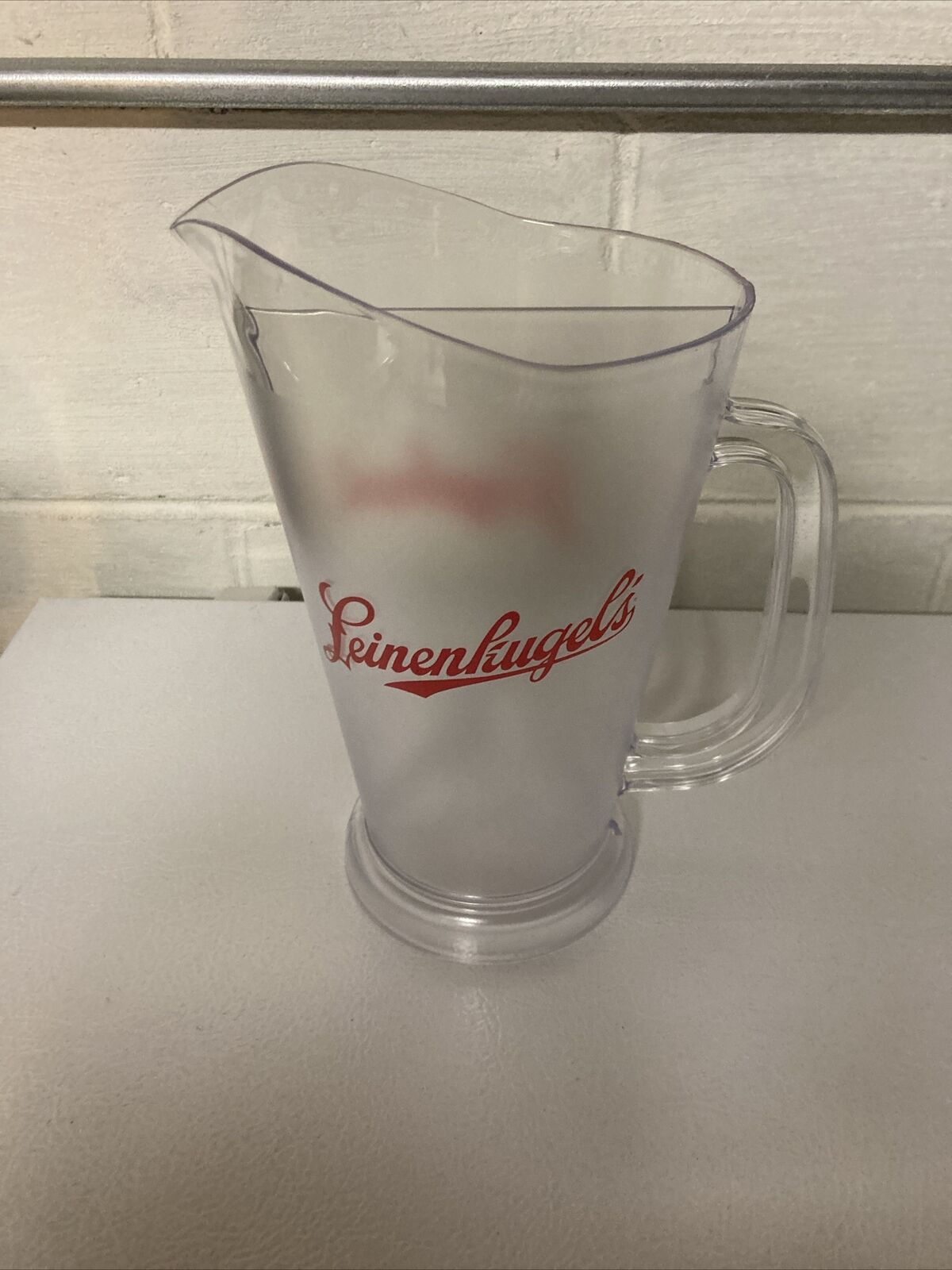-40%
1800's Doulton Lambeth Glazed Stoneware Jug 2 Gallon Oak Brewery Wisbech England
$ 68.11
- Description
- Size Guide
Description
1850 1860's Doulton Lambeth Glazed Stoneware Jug 2 Gallon Oak Brewery Wisbech EnglandPre-Owned in Very Good to Excellent Condition.
Beautiful Colors and Glaze. Very Clean. No Chips, No Cracks, No Nicks.
Weighs Approx 7 lbs. 14 oz without box and packing material
Ships from the USA
Fast Order Processing
Safe and Secure Shipping
In 1815, John Doulton, Martha Jones, and John Watts established Jones, Watts & Doulton at Vauxhall Walk, Lambeth, a section of South London. When Jones left in 1820, the firm became Doulton & Watts. The company manufactured salt glazed utilitarian household items such as bottles flasks, and pitchers. Doulton & Watts also successfully made sewage pipes in the 1840s.
John’s second son Henry joined the firm in 1835 as an apprentice. He was fourteen. Doulton began producing pottery featuring decorative motifs. Numerous decorative design, glazes, and pottery types followed.
Henry eventually created his own company, Henry Doulton & Co. The factory produced architectural terra cotta and terra cotta sanitary pipes. There was incredible demand, and more factories were set up in the Midlands and in Lancashire.
When Watts retired in 1853, John, the father, and Henry, the son, merged their two companies to create Doulton & Company. Technologically oriented, Henry introduced the steam driven potter’s wheel to Doulton. John Doulton died in 1858.
In the 1860s the Doulton factory based at Lambeth began producing decorative salt-glazed stoneware. In 1866, Doulton made a connection with the Lambeth School of Art. Henry Doulton was on the management committee of the school and wanted to use these connections to produce decorative wares. This led the way to the production of artistic pottery at Lambeth. The employment of students, and especially women, and the positive working conditions offered by the factory became renowned.
George Tinworth, Doulton’s first sculptor, came from the Lambeth school. Tinworth designed figurines, fountains, monuments, sculptures, and relief designs for vases and other items. Many students from the Lambeth School of Art were employed by the Lambeth factory. Experimental glazing techniques were developed, and this wide range of unique effects set Lambeth pottery apart from other factories.
After Henry purchased the former Pinder, Bourne & Company, in Burslem, Staffordshire, it became necessary to differentiate between the wares of the two companies. Hence, pieces made in Lambeth were marked Doulton/Lambeth and pieces made at Burslem were marked Doulton/Buslem.
In the 1890s, the decorative Lambeth wares were exhibited in numerous shows and exhibitions to huge critical acclaim, winning many awards. At this peak of interest, over 370 artists were employed by the Lambeth factory. This declined sharply after the turn of the century. Smaller quantities were produced and during World War II, the few items produced were made primarily for export.
In 1952, the Lambeth art pottery tradition was revived briefly by artist Agnete Hoy, but production finally ceased in 1956.
as Short.
Doulton & Watts mass produced utilitarian salt glazed stoneware vessels and a few more decorative items such as ink wells and money boxes. By the 1830's they had constructed two new kilns and were also producing acid resistant stoneware chemical vessels and architectural terracotta wares such as chimney pots and roof tiles. They also started to produce the hunting ware range which carried on in production into the 1950's.
Henry Doulton (1820-97) joined the business at the age of fifteen. His elder brother, also John was already at the company and younger brother Fredrick was yet to join.
In 1846 Henry persuaded his father and younger brother to invest in a separate company, Henry Doulton and Company also located in Lambeth High Street. The company began to produce vitrified stoneware sewer and water pipes. This was to coincide with a massive rise in demand for sanitary wares fueled by the Public Health Act of 1848. To cope with this they opened further factories in Lancashire and the Midlands.
In 1853 John Watts retired and the two companies merged to form Doulton & Company. In 1863 Henry joined the management committee of The lambeth School of Art. Henry slowly decided it was time for the company to spread its wings and make more decorative wares. To this end 100's of students from the art school were employed by Doulton over the years. From these efforts Doulton went on to win many awards at national and international exhibitions.
Henry Lewis Doulton who succeeded his father & in January 1899 Doulton & Co. Limited came in to being with young Henry as Chairman & M.D. Shortly after in 1901 King Edward VII presented him with a Royal Warrant of Appointment & authorized the company to use the word ROYAL on its products. Between the wars the demand for stoneware products declined and despite producing much excellent work the Lambeth factory was closed in 1956 partly due also to the Clean Air Act that were introduced in London at that time in response to the Great Smog of 1952 which had caused the estimated deaths of 4,000 people and illness in a further 100,000 cases. Production carried on elsewhere but Royal Doulton Limited went into administration on 5th January 2009 & is now part of WWRD Holdings Limited.
Doulton will be remembered not just for their pottery but also for the social break throughs that were made by their links to the Lambeth School of Art offering employment especially to women and their treatment of employees. Also, they helped improve sanitary conditions for the masses in the U.K. and worldwide.
